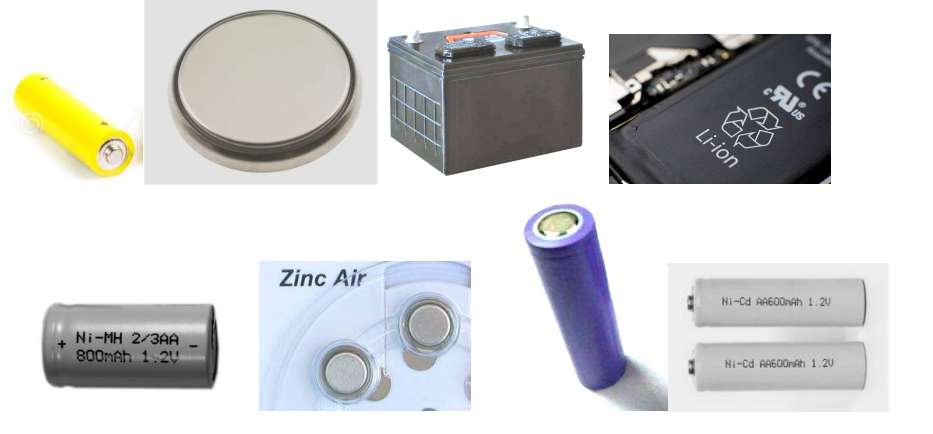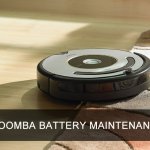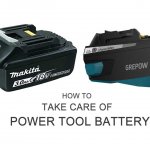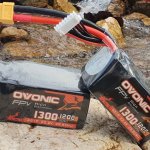Primary battery
The simplest meaning of understanding primary cells is that these batteries are for single use only. They must be discarded because they can not be recharged and reused. These batteries are also called non-rechargeable batteries. This battery was first invented by Alessandro Volta in 1800.
Non-rechargeable batteries have a wide range of advantages, making them become the first choice for most users. First, compared to other smart batteries, the cost of primary batteries is extremely low. In addition to being affordable, these batteries are simple and convenient, and any novice can use them without difficulty.
Often, cost-effective goods have a short life span. However, this is not the case with primary batteries and they run for 10 years. Their feature makes these batteries extremely reliable and durable. Most importantly, you can find products in a variety of sizes and shapes that are ideal for different types of applications.
- Alkaline battery
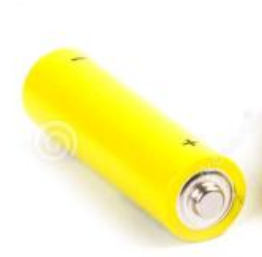
Voltage: 1.5V Alkaline battery is currently the most commonly used battery. It gains energy through a chemical reaction between zinc metal and manganese dioxide. Alkaline batteries have higher energy density and longer life than other batteries such as zinc-carbon batteries for zinc chloride. It can achieve 7 times the carbon battery power. The current output is stable and does not leak. It can be used in equipments with large power consumption.
The battery consists of an alkaline electrolyte of potassium hydroxide instead of acidic ammonium chloride or zinc chloride. Due to this property, it is called an “alkaline battery.”
Unlike carbon-zinc batteries, alkaline batteries consist of a stable voltage that provides better energy density and leakage resistance. These batteries have this characteristic mainly due to the presence of a manganese dioxide anode because it is better and denser and avoids taking up a lot of unnecessary space by other components.
The alkaline battery market in Latin America and Asia Pacific has a higher probability of growth. That’s because these areas are moving from carbon-zinc batteries to alkaline batteries. In the Middle East and Africa, battery usage in these two regions is on the rise.
You can find alkaline batteries in various sizes, such as AAA, AA, C, D, SC, N, F, etc.
The following are common application areas for these batteries:
- AAA type battery, the height is 44.0mm, the diameter is 10.0mm. It is used in remote control, electric toothbrush, camera, radio, alarm clock, wireless mouse, children’s electric toy, razor, flashlights, whichhas limited volume but no too much power consumption.
- AA type battery, the most common, the height is 49.0mm and the diameter is 14.0mm. Electric shavers, electronic toys, digital devices, etc. are used the most, and many AA-type rechargeable batteries are also used for battery packs, especially for the 4.8V rechargeable four-section combination on toys.
- C type battery, the height is 49.5mm and the diameter is 25.3mm. Used in flashlights, toys, audio-visual equipment, gas stoves, water heaters are also useful.
- D type battery, widely usedas AAA type battery, the height is 59.0mm and the diameter is 32.3mm. Electronic ignition equipment, flashlights, gas stoves, etc. It can be used in many occasions.
- SC type battery, SC type battery is generally used to stack battery packs, the height is 42.0mm, and the diameter is 22.1mm.
- N-type battery, N-type battery is generally used as a battery pack. Due to its small size, it is also used in electronic devices with limited volume, such as doorbells, with a height of 28.5mm and a diameter of 11.7mm.
7.F type battery, F type battery is also used in the battery pack, the height is 89.0mm and the diameter is 32.3mm.
- Hg battery

Hg batteries, also known as oxidized mercury or mercury batteries, are non-rechargeable electrochemical cells that can be used for up to 10 years. This miniature battery uses a chemical reaction between a zinc electrode and oxidized mercury in an alkaline electrolyte.
Due to their long life and stable voltage output, these batteries are the most common type of battery in the 20th century. They are widely used in portable electronic devices such as watches, calculators, toys, cameras, digital thermometers, etc.
Unlike the other two batteries discussed above, mercury cells have button-like shapes and sizes that make these batteries very convenient and easy to carry.
- Zinc air battery
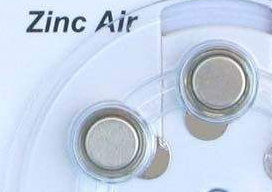
Zinc air battery, also known as zinc air fuel cell, is a metal air device that can be used in combination with oxygen and zinc oxide. These batteries have high energy density and are not expensive to produce. You can get batteries of all sizes at a very affordable price.
A zinc air fuel cell includes an anode composed of a granular powder and an electrolyte. The electrolyte acts as a gelling agent to help maintain contact between the zinc particles and the electrolyte. Second, these batteries also contain a cathode that assists in the contact of oxygen with other compounds so that a reaction can occur.
Common applications for zinc air fuel cells include watches, flashlights, remote controls, film cameras, hearing aids, and more. Depending on the size of the device, you can choose a zinc air battery accordingly.
- Lithium primary battery
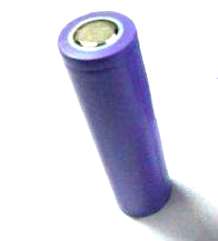
Lithium primary batteries are a kind of lithium metal or lithium alloy as a negative electrode material. Due to the very active chemical properties of lithium metal, the processing, storage and use of lithium metal are very demanding on the environment.
They are very popular nowaday because you can use them to power MP3 players, car locks, thermometers, laser pointers and hearing aids.
They differ from other types of batteries in that they provide high charge density and high unit cost. Lithium primary batteries are known to produce voltages from 1.5V to 3.7V, depending on their type and compound used.
Lithium primary batteries should not be confused with lithium-ion batteries. Lithium primary batteries can be discharged continuously or intermittently. Once the power is exhausted, it can no longer be used.
Note: Lithium primary battery can not be charged, charging is very dangerous!
Secondary battery
Secondary batteries, also known as rechargeable batteries, have electrochemical cells whose chemical reaction can be easily reversed by applying a certain amount of voltage in the opposite direction.
Unlike the primary battery, the secondary battery can be recharged and used again. Typically, these batteries are used in high power consuming equipment . Some uses for secondary batteries include mobile phones, MP3 players, computers, telephone switches, watches, hearing aids, and the like.
The following are the types of secondary batteries that are currently widely used:
- Lithium Ion Battery
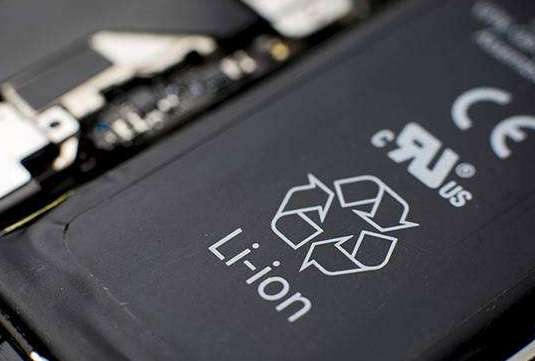
Lithium-ion batteries are very popular and they are used to charge or recharge popular devices such as PDAs, cell phones, iPods and laptops.
These batteries are made up of ultra-breathable lithium and carbon, which is why they are lightweight. Lithium also has high reactivity, which means that lithium-ion batteries can store excess energy in their atomic bonds.
Moreover, lithium-ion batteries lack a memory effect. This means you don’t have to discharge them first to charge them because it’s the same as other batteries. Most importantly, these batteries are capable of loading 5% of their electricity per month, compared to a 20% reduction in NiMH batteries.
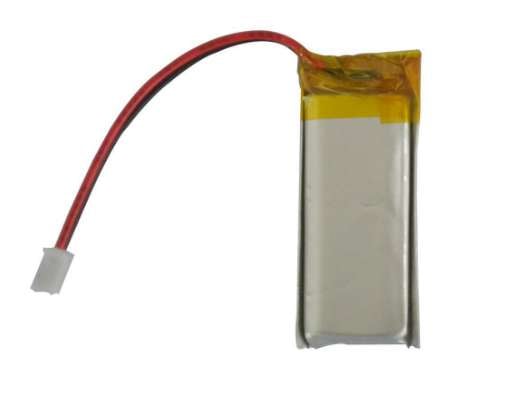
Voltage: 3.7V .Lithium polymer battery and lithium ion battery comparison: The outer packaging is aluminum plastic packaging, while there is a metal casing with lithium ion. Thanks to the flexible packaging technology, a thinner battery can be produced. The shape can be changed at will. Light weight, higher capacity, low internal resistance and support for large current discharge. Common in high-end mobile phone batteries, laptop batteries, all kinds of power tools and model batteries.
Commonly used RC lipo batteries are 2s, 3s, 4s, 6s.
- Lead acid gelbattery
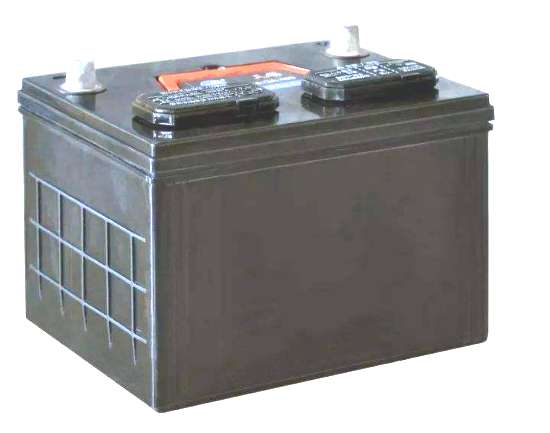
A lead acid gel battery, also known as a “gel battery,” is a VRLA battery (representing a valve-regulated lead-acid battery) with a gel electrolyte. The gelatinous substance is produced by a mixture of sulfuric acid and fumed silica. Gel cells are often confused with AGM-type cells because both suspend the electrolyte. However, unlike AGM cells, gel cells have silica that hardens the electrolyte. The advantage of gel batteries over other types of batteries is that they last longer, especially in hot weather.
Gel batteries are not as common as other batteries such as AGM, but they are widely used in wheelchairs, troll motors and RV cycles.
Keep in mind that these are the most sensitive batteries because they can cause adverse reactions due to overcharging. In addition, if the wrong battery charger is used to power the lead-acid battery, the device may perform poorly or completely. The charging voltage ranges from 14.0 to 14.2 volts.
- Nickel cadmium (NiCd) battery
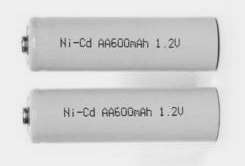
This is a rechargeable battery that uses metal cadmium and nickel hydroxide as electrode sources. In order for these cells to work, they need to be kept at +60 degrees Celsius up to minus 20 degrees Celsius.
The selection of suitable separators such as polypropylene or nylon and electrolytes such as LiOH, NaOH and KOH are also critical to the effective operation of these cells. These components keep the voltage conditions of the NiCd battery intact, especially in the case of high current discharges.
These batteries can cause dangerous high voltages if they are misused or handled improperly, resulting in complete damage to the equipment. To avoid this, these batteries include reversible safety valves. The biggest advantage of nickel-cadmium batteries is that they remain durable for a long time.
- Nickel metal hydride battery
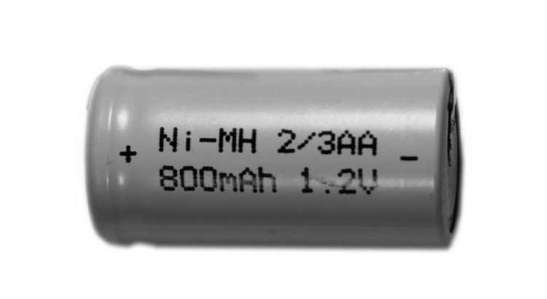
Nickel metal hydride, abbreviated as NiMH or Ni-MH, have many advantages over other rechargeable batteries. First, a nickel-metal hydride battery is a fast-working battery that can work long hours without stress.
These batteries provide good load performance and a long shelf life. These batteries require low maintenance and can be stored in their discharged state. Despite the wide range of benefits offered, these batteries are economical and can be invested in different sizes, shapes and properties.
However, batteries have certain limitations. For example, these batteries emit less energy than newer battery systems. These batteries require self-discharge even after storage. Worst of all, cadmium is a dangerous metal, which means that the battery needs to be used with care, otherwise it will cause considerable damage.
